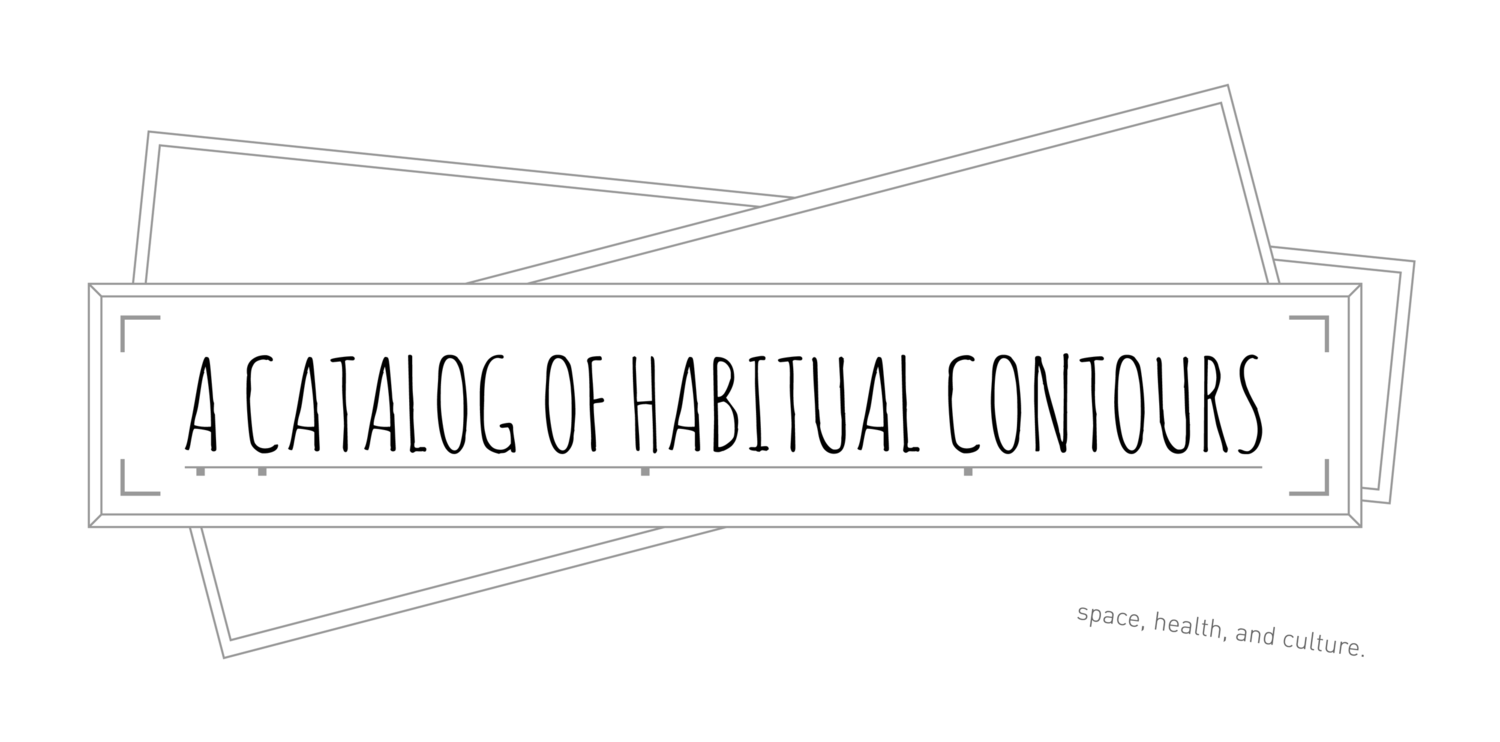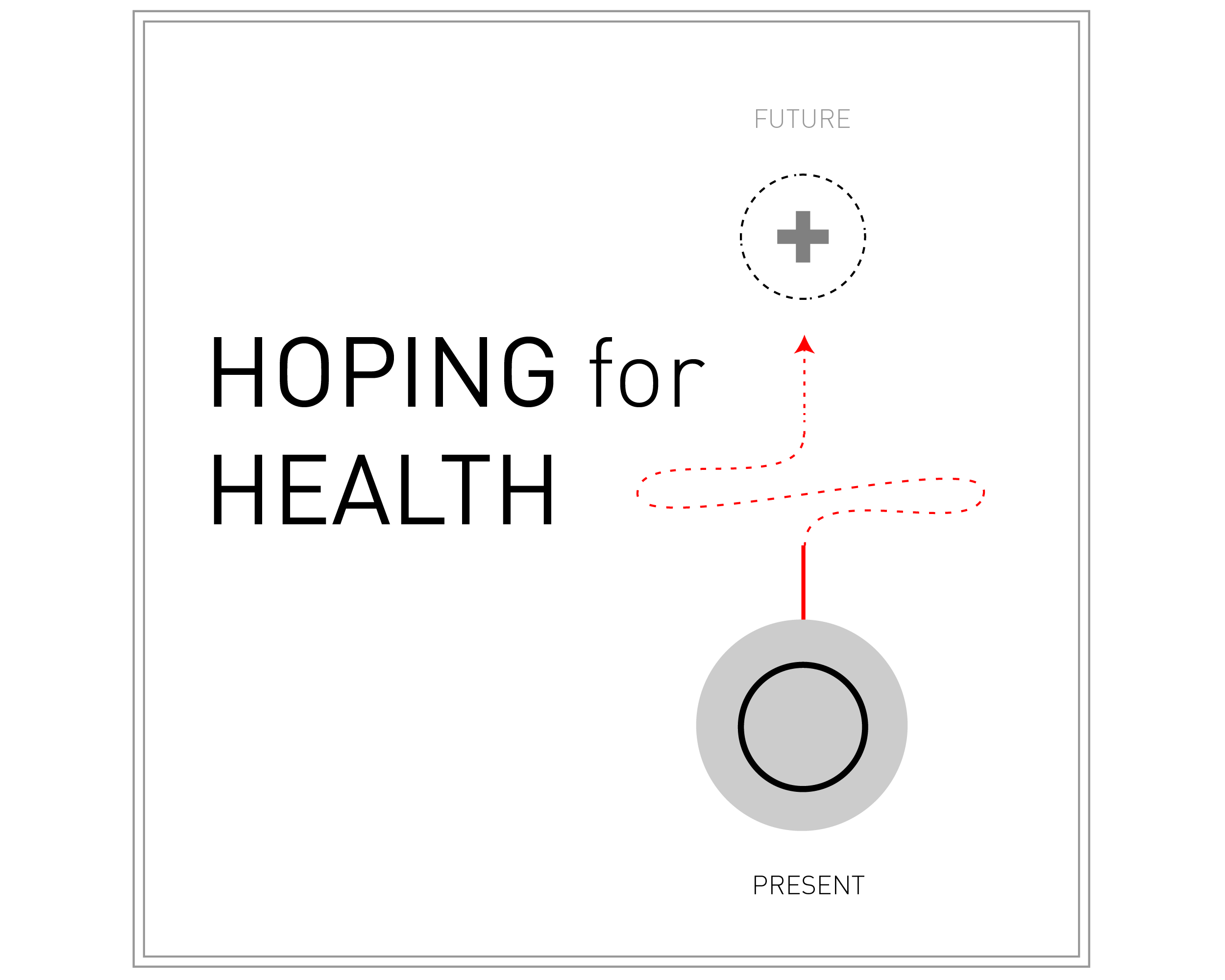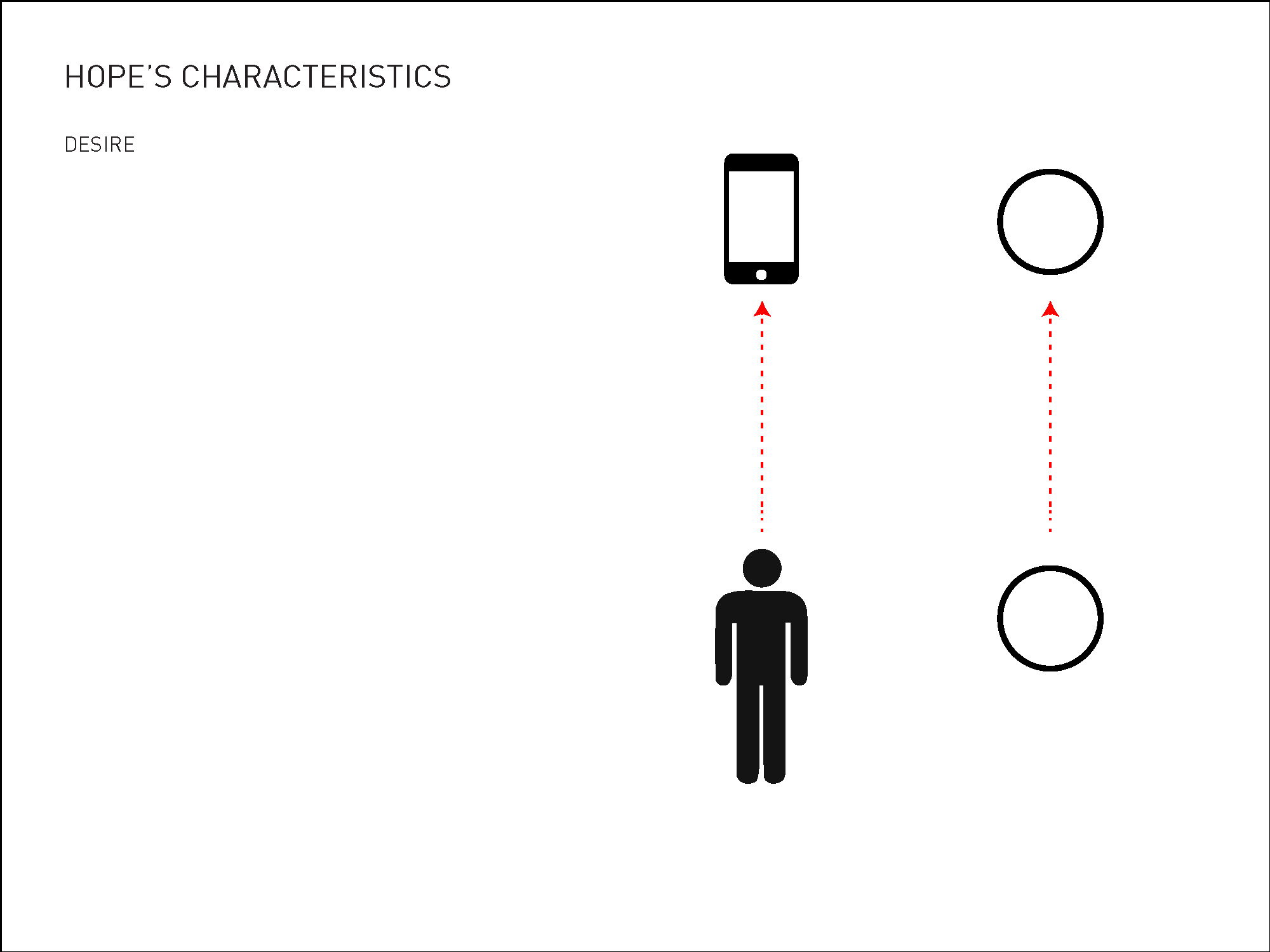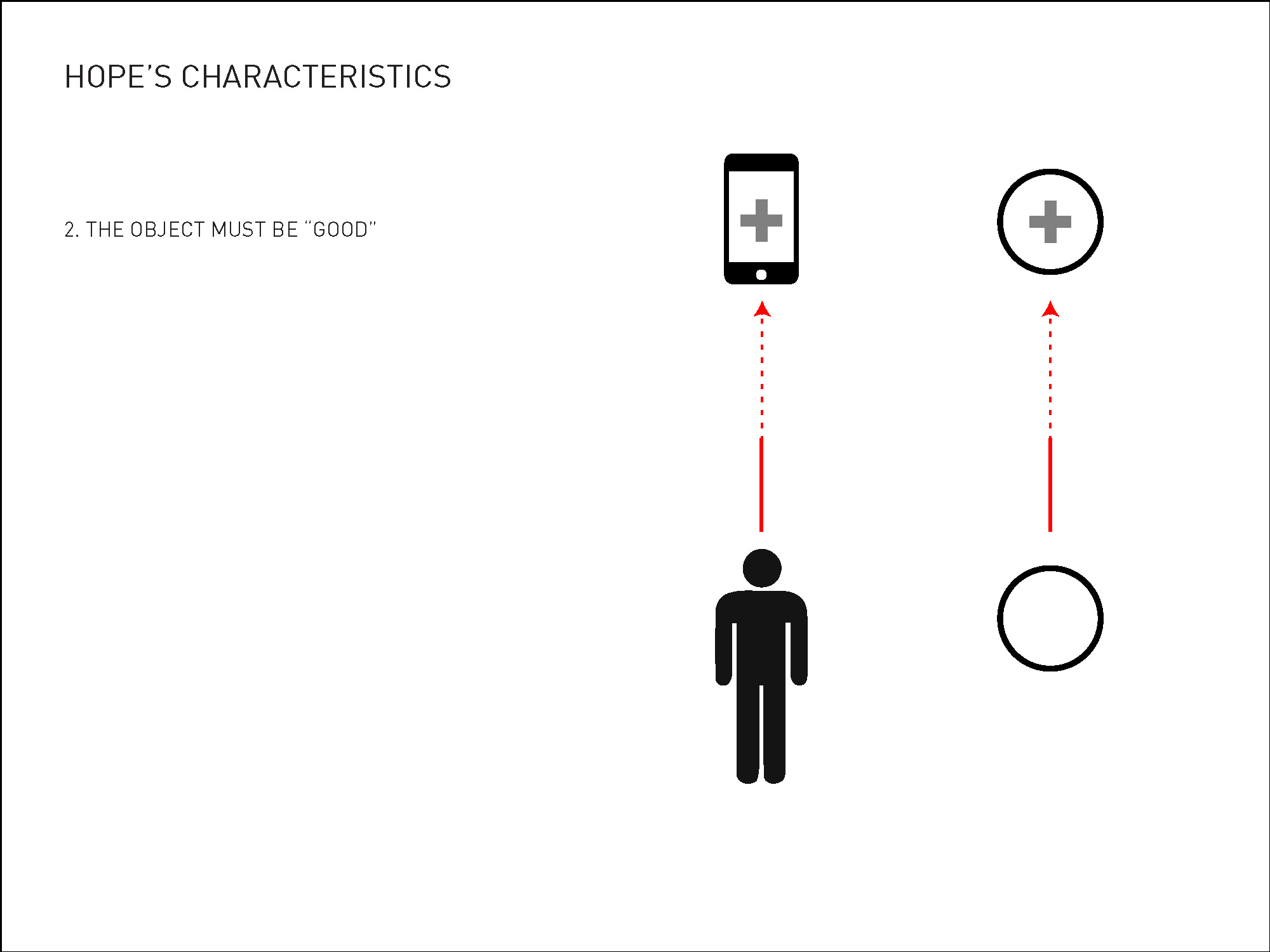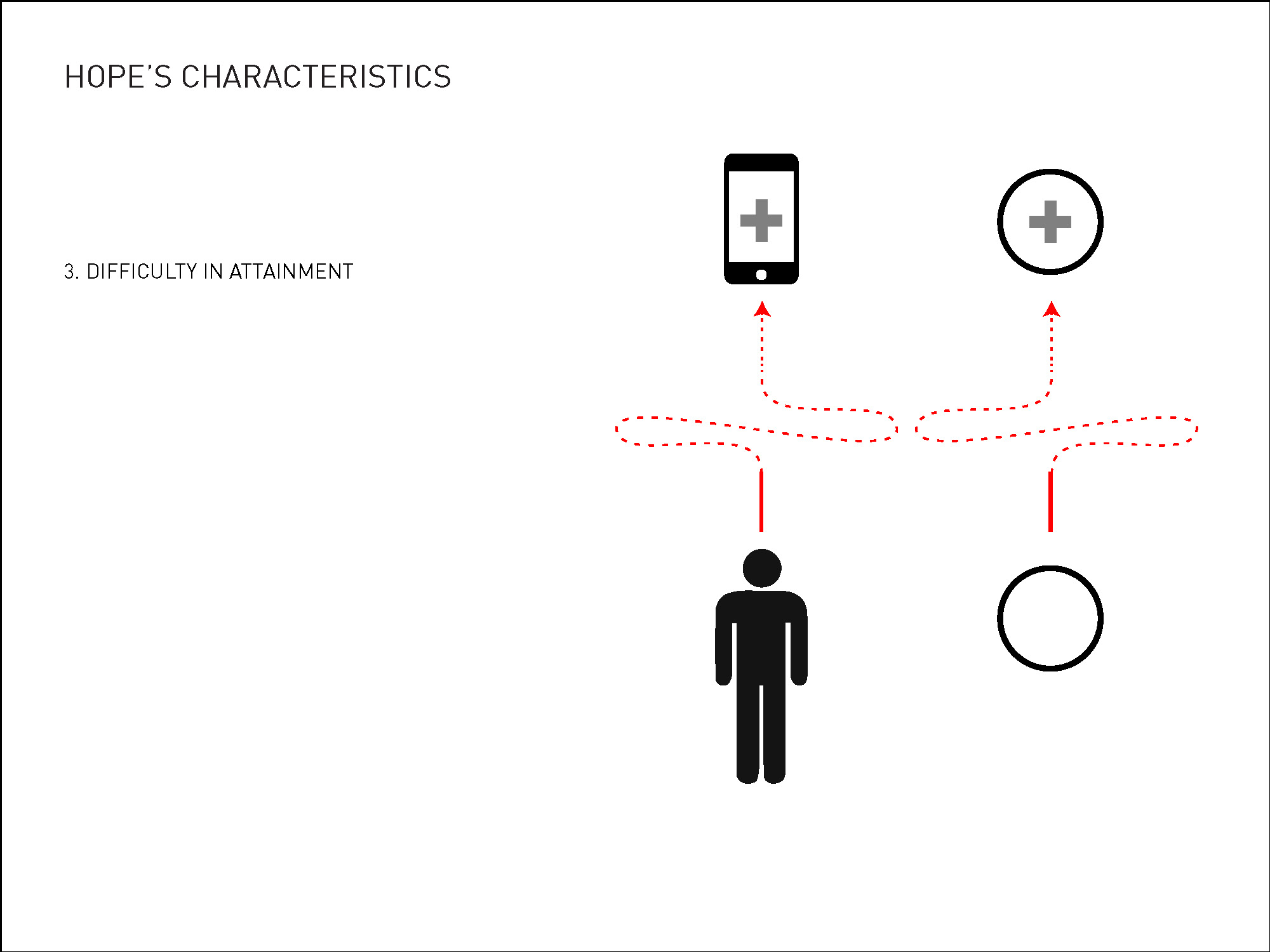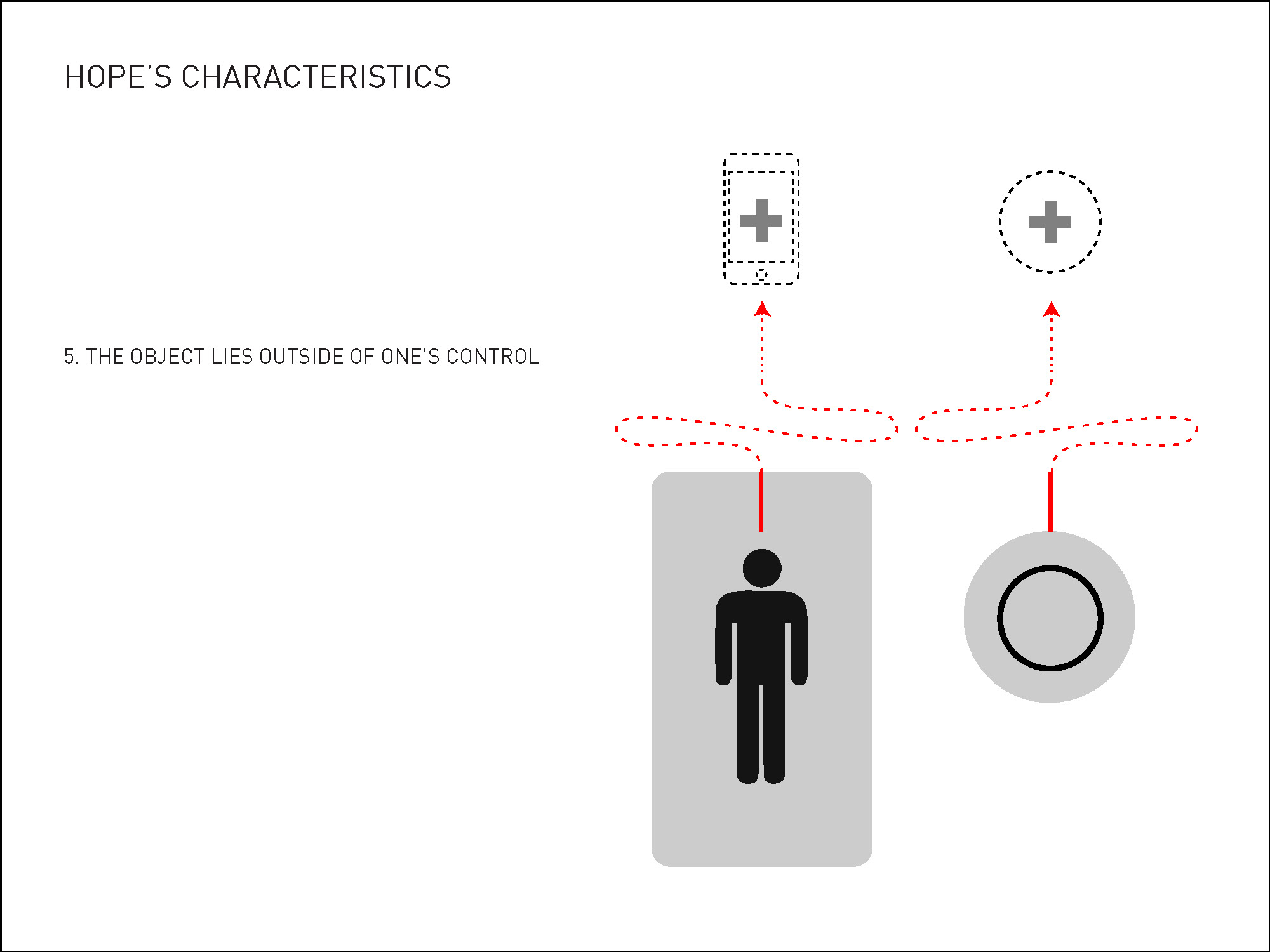Health cartography since John Snow has shown relatively few developments, at least when it comes to the way diseases can be represented in space. The famous Broadstreet pump map is used as classical example to illustrate the power of maps and innovative thinking in public health and disease management.
Taking a cue from anthropology, this project uses Miyazaki’s “Method of Hope” to interrogate health cartography. Comparing John Snow and contemporary spatial epidemiology practices, hope is ontologically presented pictorially to show that disease mapping today can be considered to be unhopeful. Essentially, because of the certainty that pervades the discipline, a prospective momentum is lost: we no longer map hypothetically, we know exactly what maps can do and what we will do with them when it comes to the distribution of disease in space.
As an experiment in illustrating complex philosophical thought, Hoping for Health demonstrates design as an analytical practice in the humanities.
